4.7 out of 5 stars 27,657 ratings
Size: 1/2 Inch Drive (10-150 ft.-lb.)
Pattern Name: Wrench
| Brand | TEKTON |
| Material | Alloy Steel |
| Item Dimensions LxWxH | 18.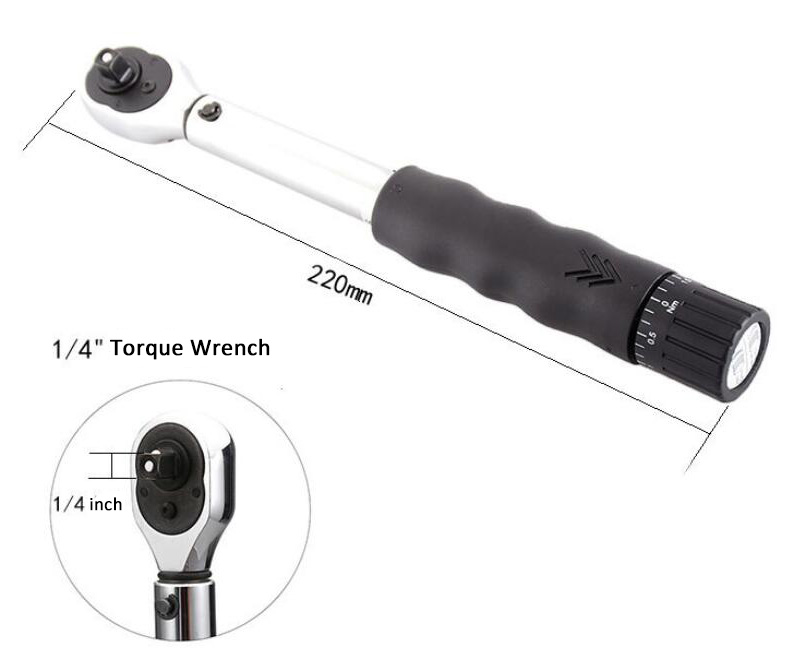 5 x 1.9 x 1.4 inches 5 x 1.9 x 1.4 inches |
| Item Weight | 2.94 Pounds |
| Item Package Quantity | 1 |
This fits your .
See more product details
Value for money
4.9 4.9
Instruction quality
4.7 4. 7
7
Easy to read
4.5 4.5
Easy to use
4.5 4.5
See all reviews
Note: Products with electrical plugs are designed for use in the US. Outlets and voltage differ internationally and this product may require an adapter or converter for use in your destination. Please check compatibility before purchasing.
FREE SHIPPING ON ALL ORDERS
4.8 ⭐⭐⭐⭐⭐ Average Rating
✔ Product has been added to your cart x
Your Cart
x
It looks like your cart is empty. Maybe these items would interest you:
Bench Vises | 360° Swivel Base | Forged Steel
From $129.87$215.87
12 Pc Torx Screwdriver Set
From $41.87
3lb Dead Blow Hammer Polyurethane Head
From $39.87
Subtotal
$0.00
Checkout
Working with nuts and bolts can be challenging, so having the most convenient tools for the job is essential to complete your fastening tasks without aggravation or stress. Torque wrenches and breaker bars are two of the most common working pieces you should not cut corners with. Those tools are particularly handy and have similarities that usually make people ask: “can I use a torque wrench as a breaker bar?”.
We will dig into this topic by telling you some basic distinguishing features, resemblances, and use cases to know if they can be used for the same purposes.
Each tool is designed with a specific objective: breaker bars can "break" tight, frozen, and rusted fasteners free, which otherwise could not be undone by smaller tools like ordinary wrenches and ratchets.
When a ratchet can not do the job, a breaker bar is a go-to tool when you need higher leverage and torque power.
Torque wrenches, on the other hand, are engineered with a mechanism that exerts a specific amount of torque onto a fastener; which makes them the handiest tools when over-tightening situations are simply not an option; like while working with spark plugs, lug nuts, or for building or assembling engines.
It is fair to say that torque wrenches are super safe to use!
The likelihood of a torque wrench having a catastrophic failure, breaking, or stripping a bolt under maximum torque is minimum, but only if you don’t compromise their torque capacities.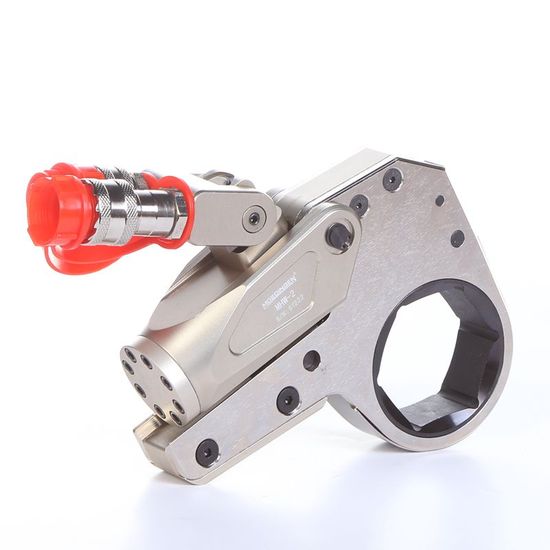
Breaker bars are built to handle more generous torque limits, and their applications are far more intense.
Those tools are designed for heavier-duty taks, this means you get increased chances of shearing off a fastener, causing injury, or having a catastrophic failure while performing hardcore tasks.
So, beware of managing the tool securely and using safety glasses while working on heavier-duty projects.
This Olsa Tools extendable breaker bar is built using industrial-grade steel that has been appropriately heat-treated, it can handle 450 ft/lbs of torque, an extremely powerful tool!
However, numerous breaker bars on the market are able to handle up to 2,000 ft/lbs. But the strength or physique of the person using the tool will also determine the amount of torque applied.
A manual torque wrench like this Olsa Tools split beam torque wrench is constructed with a maximum torque strength of 250 ft/lb.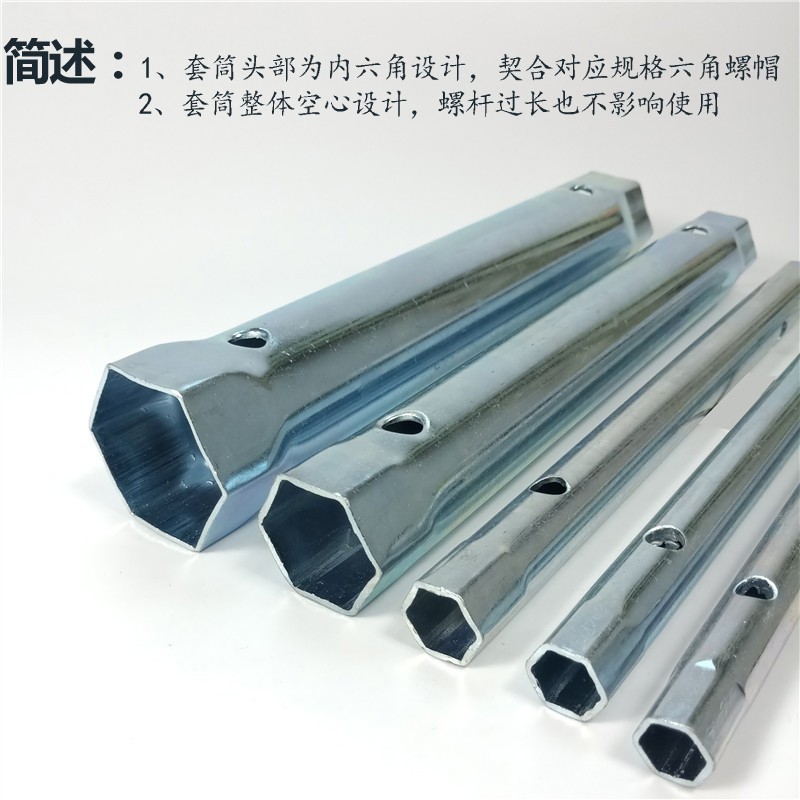
They might not deliver the amount of torque as their breaker bars counterparts, but when it comes to control they definitely take the win.
Their design creates a loud click sound and splits at the joint when you reach the desired torque value, which gives greater control over the tool while helping you complete tasks accurately.
The torque wrench is accurate up to +/-4% across the entire torque range. What a precise tool!
This is probably the single most differential factor. Here, breaker bars beat torque wrenches thanks to their non-ratcheting mechanism. It is simpler and easier to produce, making them far less pricey and more “replaceable” as they’re more budget-minded.
Meanwhile, torque wrenches are significantly pricier because of their specialized inner mechanism, which is more accurate, precise, and sophisticated.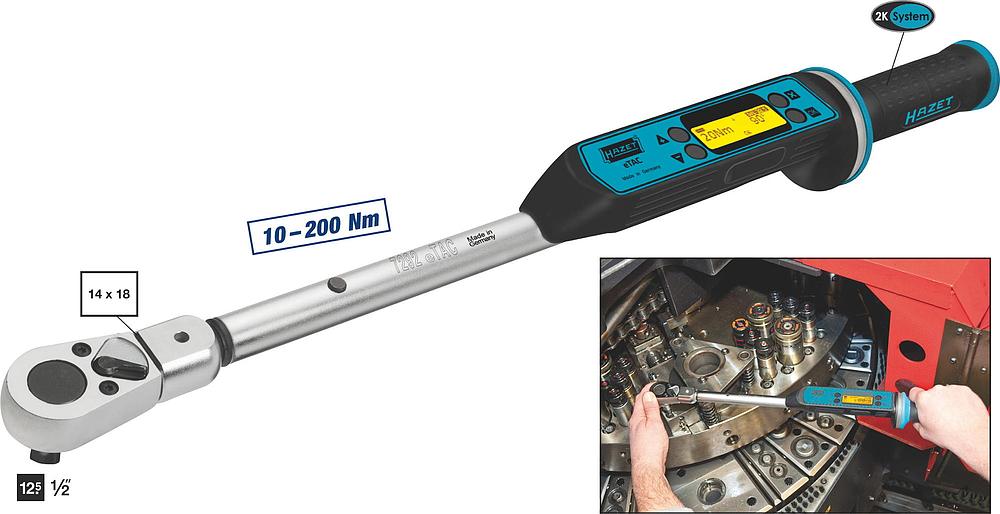 For companies this complex design calls for more time and better resources to produce the tool that best meets their customers’ needs. In simple words, a torque wrench goes a long way in terms of functionalities, and this is the main reason their price point is “less” affordable compared to other fastening tools.
For companies this complex design calls for more time and better resources to produce the tool that best meets their customers’ needs. In simple words, a torque wrench goes a long way in terms of functionalities, and this is the main reason their price point is “less” affordable compared to other fastening tools.
This is a big no-no! We’ve explained now how to use a torque wrench and a breaker bar, both products deliver extremely professional results when used for their intended purposes. The problem with working on hardcore projects using torque wrenches is that you can push them easily beyond their capabilities. This can break the internals and damage the calibration of the wrench.
Considering their price, you don’t want to work on extreme heavy-duty projects with a tool that is supposed to be used for more precise applications. Plus, if you want to increase the longevity of your torque wrench, simply leave this to your go-to breaker bar.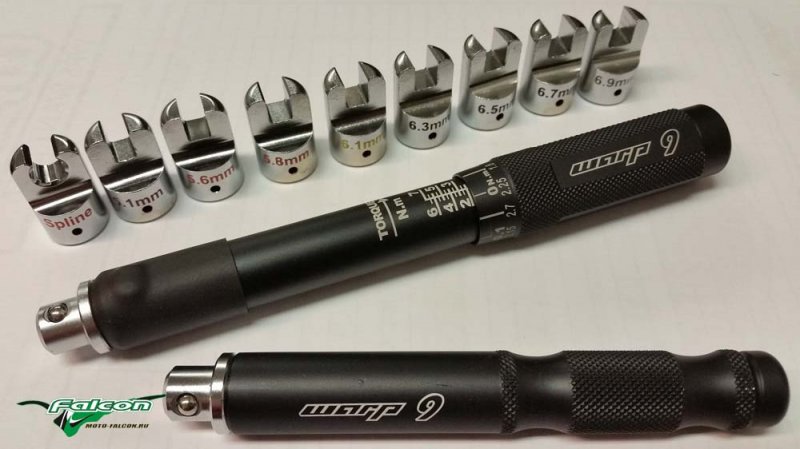
Is not that either tool is “better” or “worse”, but simply that you’ll find yourself working on specific tasks where one is handier than the other. Does the project require a high degree of accuracy? A torque wrench is your best pick. Want to break loose very tight fasteners? Use a breaker bar. Professional mechanics have both as they are worth having for their convenience and ease of use.
Head-to-Head Comparison: Torque Wrench vs. Breaker Bar
We believe that you are shopping from Canada. Do you want to shop on our Canadian site?
Switch to Canadian site
Don't show me this again
{%- unless has_only_default_variant -%} {%- for option in options_with_values -%} {% assign option_index = forloop.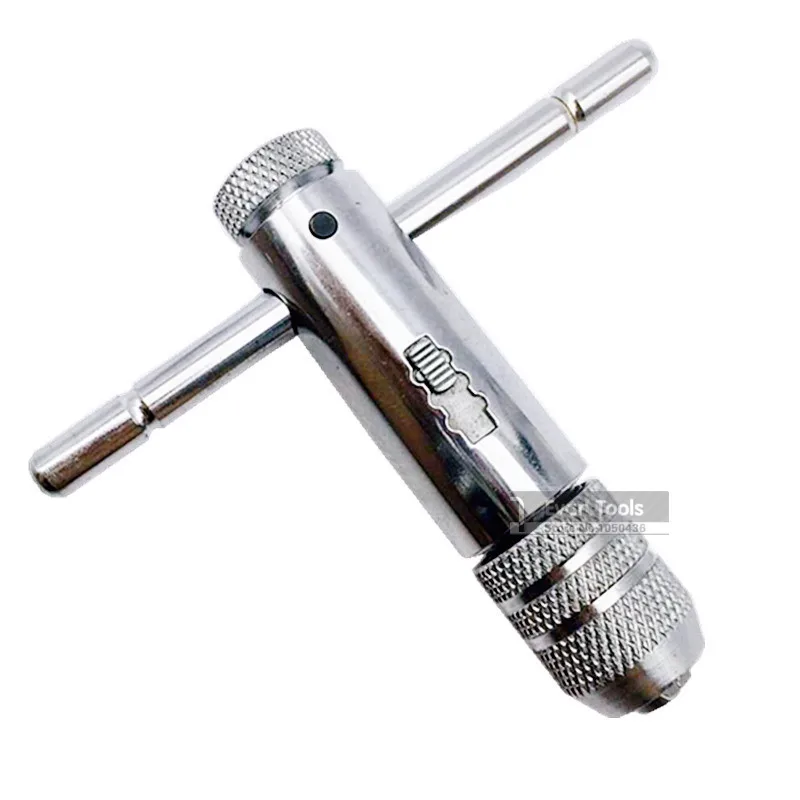 index0 %} {% assign option_index_name = 'option' | append: forloop.index %} {% assign displayStyle = configs.displayStyles[option.name] %} {% assign sortOption = configs.listOrderOptions[option.name] %}
index0 %} {% assign option_index_name = 'option' | append: forloop.index %} {% assign displayStyle = configs.displayStyles[option.name] %} {% assign sortOption = configs.listOrderOptions[option.name] %}
{% if displayStyle == 1 %}
{{ option.name }}{% elsif displayStyle == 2 %}
{{ option.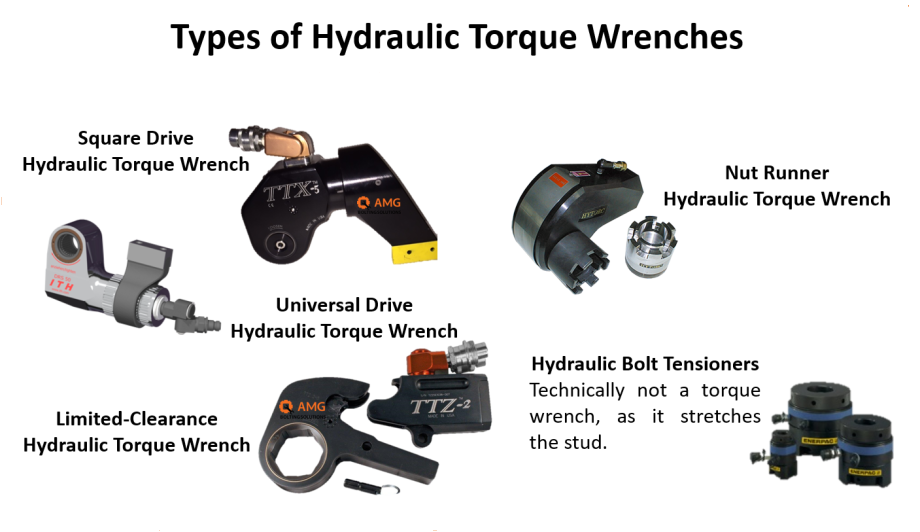 name }}
name }}{% elsif displayStyle == 3 or multiple_languages == true %}
{{ option.name }}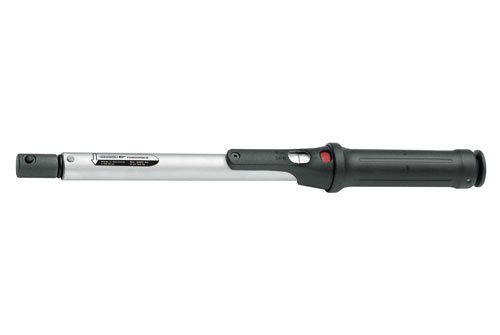 values -%} {%- assign variant_for_value = false -%} {%- assign available = false -%} {%- for variant in product.variants -%} {%- if variant[option_index_name] == value -%} {%- assign variant_for_value = variant -%} {%- if variant.available -%} {%- assign available = true -%} {%- endif -%} {%- break -%} {%- endif -%} {%- endfor -%}
values -%} {%- assign variant_for_value = false -%} {%- assign available = false -%} {%- for variant in product.variants -%} {%- if variant[option_index_name] == value -%} {%- assign variant_for_value = variant -%} {%- if variant.available -%} {%- assign available = true -%} {%- endif -%} {%- break -%} {%- endif -%} {%- endfor -%} {% elsif displayStyle == 4 %}
{{ option.name }} txtSelectAnOption != blank %}{{ configs.txtSelectAnOption }}{% else %}Select an option{% endif %}
txtSelectAnOption != blank %}{{ configs.txtSelectAnOption }}{% else %}Select an option{% endif %} {% endif %} {% if configs.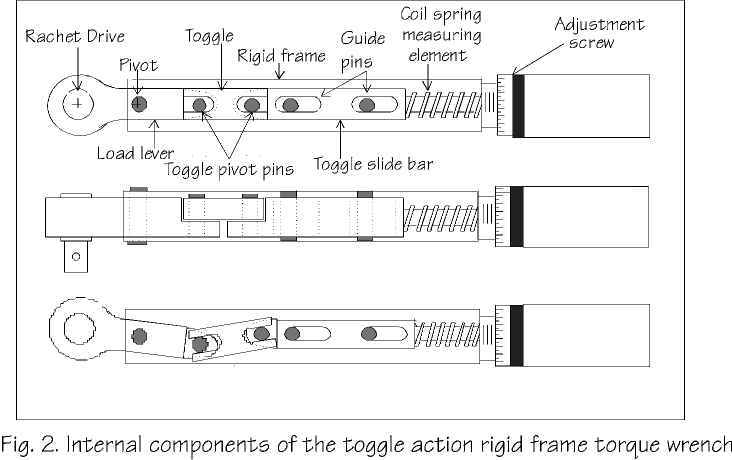 enableMandatory %}
enableMandatory %}
{% endif %}
{%- endfor -%} {%- endunless -%}
{% if configs.showNumberStock == "enable" %}{{ configs.stock_message }}
{% endif %} {% endif %}Hydraulic Torque Wrenches and Tensioners Enerpac offers a variety of torque control tools to best suit your application. From mechanical torque multipliers - torque wrenches, to hydraulic nutrunners and low profile torque wrenches. We offer the hydraulic torque tools you need to accurately and simultaneously tighten multiple bolts. nine0005
These truly versatile tools use standard impact sockets, optional straight hex drives or interchangeable hex cassettes to provide controlled tightening of different sizes of fasteners per tool.
Additional accessories further expand the scope of these products.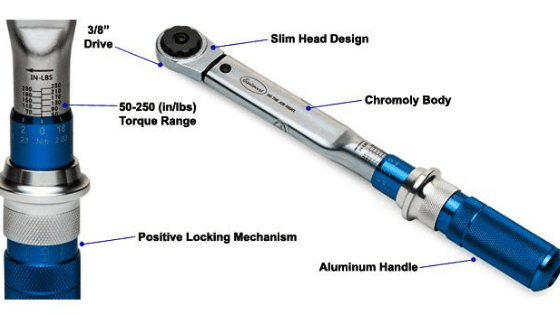 nine0005
nine0005
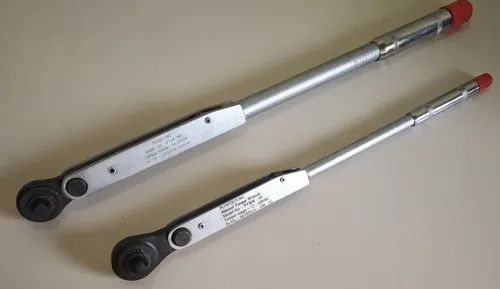

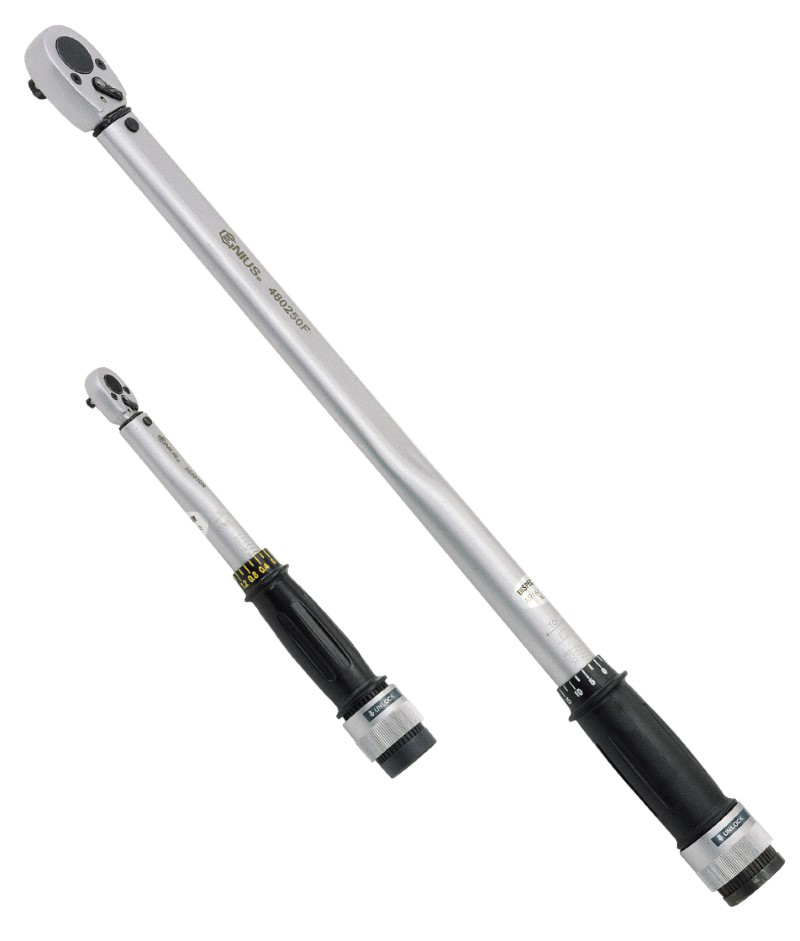 210 Nm. nine0018
210 Nm. nine0018 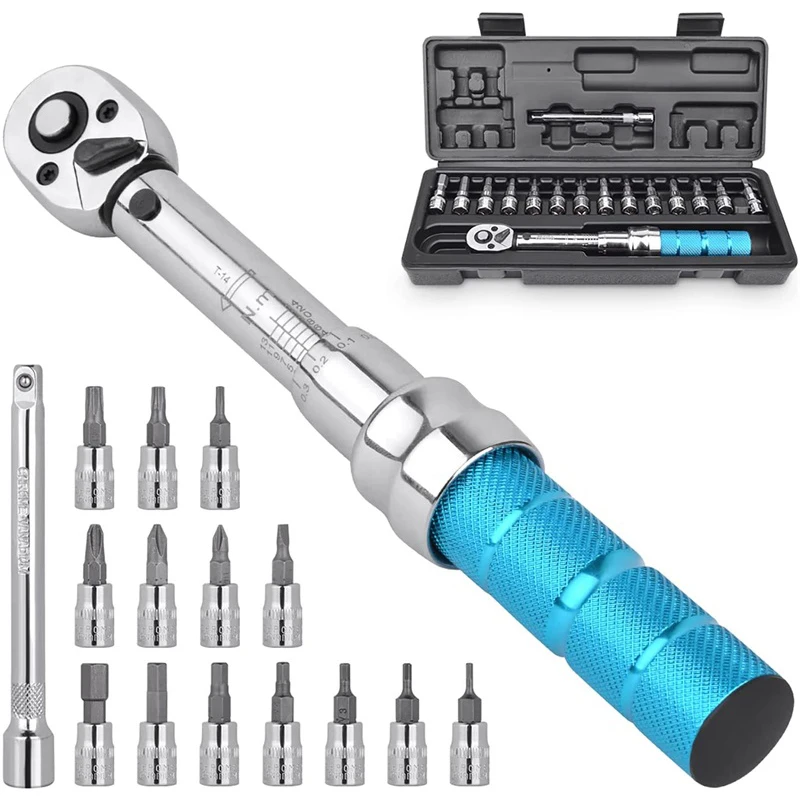 965 Nm.
965 Nm. 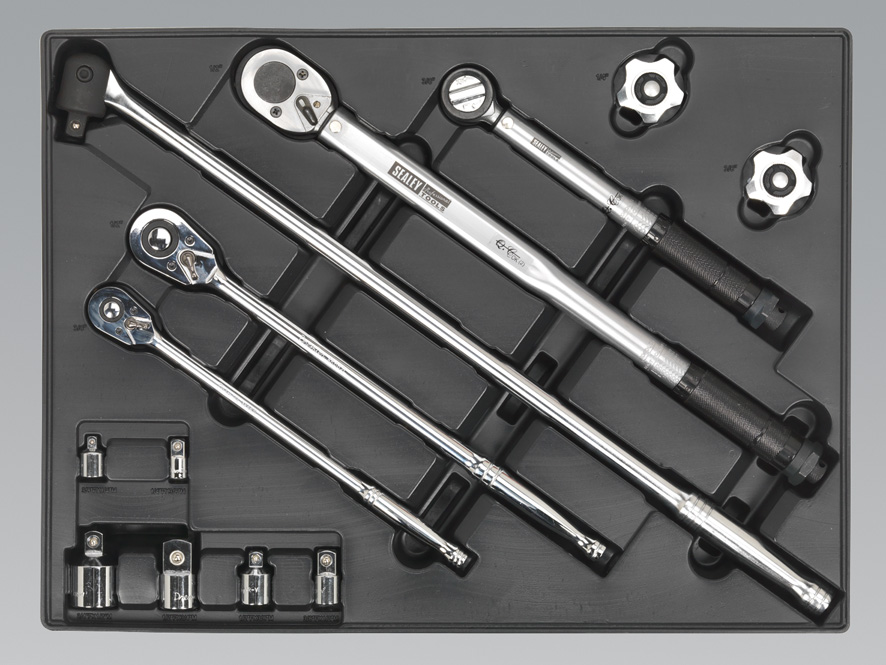
 Tables for torque wrench
Tables for torque wrench The tightening torque is the force that is applied to a threaded connection when it is screwed. If you tighten the fastener with less force than necessary, then, under the influence of vibrations, the threaded connection can unwind, not providing the necessary tightness between the fastened parts, which can lead to serious consequences. On the contrary, if more force is applied to the hardware than required, the threaded connection or fastened parts will be destroyed, for example, the thread may break or cracks appear in the parts. nine0005
Specific tightening torques are specified for each threaded connection size and property class. All values are entered in a special table of tightening forces for tightening with a torque wrench. Usually, the strength class of the bolt is indicated on its head.
The strength class is indicated by numbers on the head.
Information about the strength is made in the form of notches on the head.
Threaded connections are tightened with a pointer, limit or digital torque wrench.
The force is given in Newton meters.
| SAE | 1 or 2 | five | 6 or 7 | 8 | ||||||||
| Size | Force | nine0335 Force | Force | Force | ||||||||
| (inch)-(thread) | Ft-Lb | kg/m | N/m | Ft-Lb | kg/m | N/m | nine0333 kg/m | N/m | Ft-Lb | kg/m | nine0002 N/m 16.2698 18.9815 | |
| 5/16 - 18 | 11 | 1.5213 | 14.9140 | 17 | 2.3511 | 23.0489 | nineteen | 2. | 25.7605 | nine0333 3.3192 | 32.5396 | |
| 3/8 - 16 | 18 | 2.4894 | 24.4047 | 31 | 4.2873 | 42.0304 | 34 nine0005 | 4.7022 | 46.0978 | 44 | 6.0852 | 59.6560 |
| 7/16 - 14 | 28 | 3.8132 | 37. | 49 | 6.7767 | 66.4351 | 55 | 7.6065 | 74.5700 | 70 | 9.6810 | 94.9073 |
| 1/2 - 13 | 39 | 5.3937 | 52.8769 | 75 | 10.3785 | 101.6863 | 85 | 11.7555 | 115.2445 | 105 | 14.5215 | |
| 9/16 - 12 | 51 | 7.0533 | 69.1467 | 110 | 15.2130 | 149.1380 | 120 | 16.5960 | 162.6960 | 155 | 21.4365 | 210.1490 | nine0356
| 5/8 - 11 | 83 | 11.4789 | 112.5329 | 150 | 20.7450 | 203.3700 | 167 | 23.0961 | 226.4186 | 210 | nine0333 284.7180 | |
| 3/4 - 10 | 105 | 14.5215 | 142.3609 | 270 | 37.3410 | 366.0660 | 280 | 38.7240 | 379.6240 | 375 | 51.8625 | 508.4250 |
| 7/8 - 9 | 160 | 22. | 216.9280 | 395 | 54.6285 | nine0002 535.5410 589.7730 | 440 | 60.8520 | 596.5520 | 605 | 83.6715 | 820.2590 |
| 1 - 8 | 236 | 32.5005 | 318.6130 | nine0002 590 660 | 81.5970 | 799.9220 | 660 | 91.2780 | 894.8280 | nine10 | 125. | 1233.7780 |
To tighten threaded connections in accordance with the data in the tables, it is necessary to use a special tool - torque wrench .
Listed below are popular wrench models with ranges that cover most of the specified torque values. Electronic torque wrenches provide maximum torque transmission accuracy. nine0005
For passenger cars, keys with a 1/2 square connection are used. The most popular wrenches are models with tightening up to 200-210 Nm, for example, wrenches with a range of 28-210 or 42-210. Below are examples of such keys.
For commercial vehicles, keys with a connecting square of 1/2, 3/4 and even 1 inch are used.